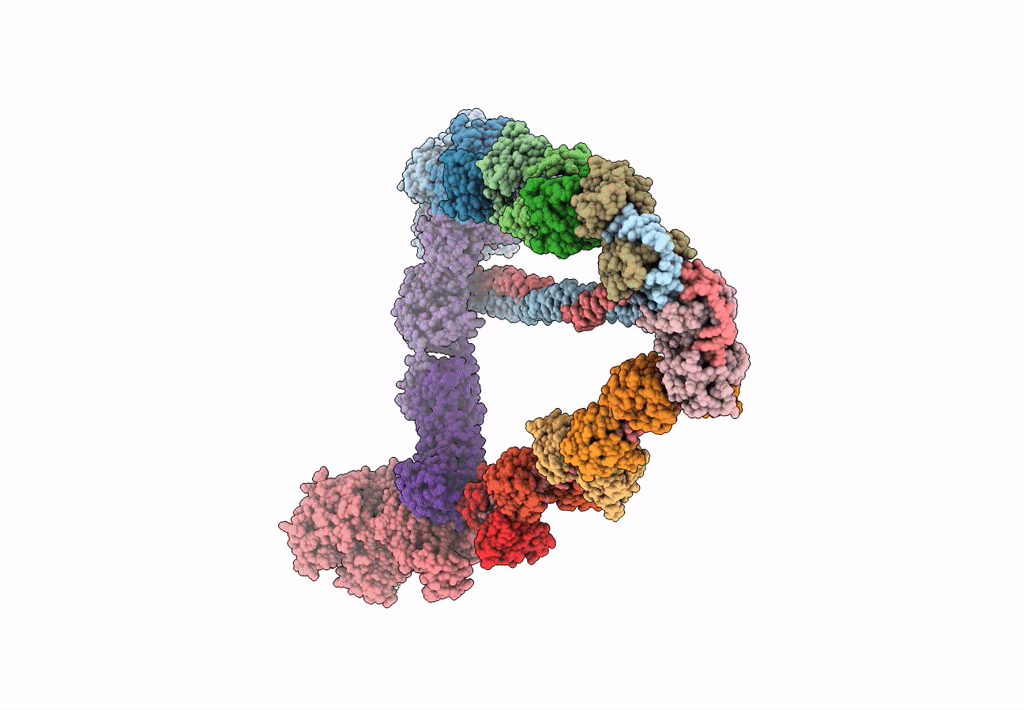
Deposition Date
2022-08-19
Release Date
2022-12-21
Last Version Date
2024-07-03
Entry Detail
PDB ID:
7YV9
Keywords:
Title:
Cryo-EM structure of full-length Myosin Va in the autoinhibited state
Biological Source:
Source Organism:
Mus musculus (Taxon ID: 10090)
Host Organism:
Method Details:
Experimental Method:
Resolution:
4.78 Å
Aggregation State:
PARTICLE
Reconstruction Method:
SINGLE PARTICLE


